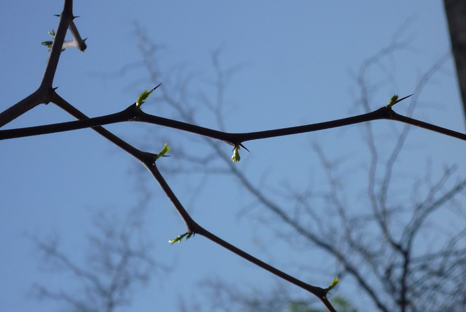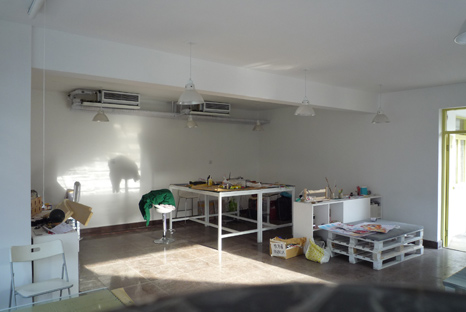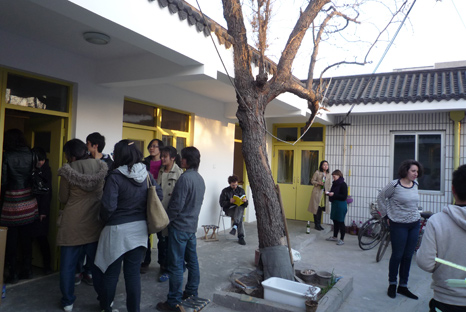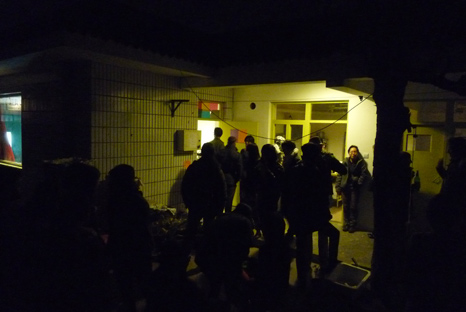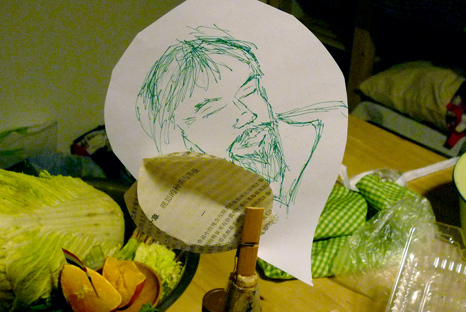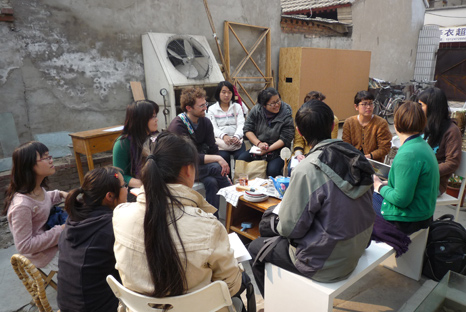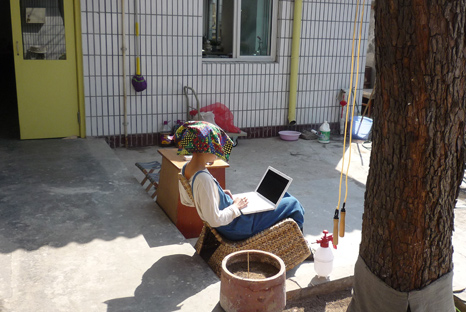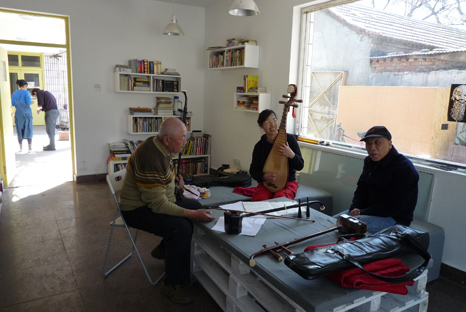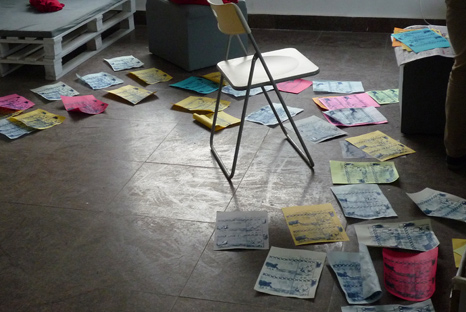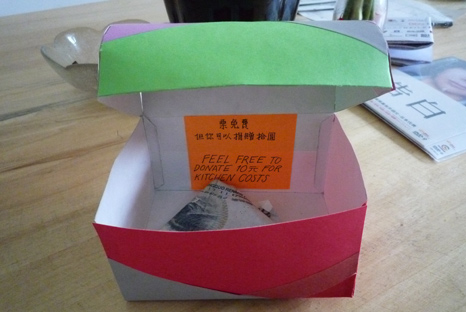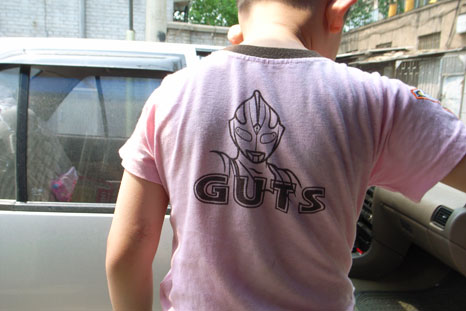
If this question of what we do and who we are must persist, if i must excuse myself for being an artist or being a designer or explain where the (any) money is coming from, then let us turn it into a discussion and practice at once, in process. We have been looking at HomeShop, ourselves, the general context, what we are doing and what we would like to do. All of these questions are tainted by labels, the disjunctures of what we believe versus what/how things are, or how they should be presented, or perhaps if i were to tell you how i really feel you wouldn’t understand anyway, or, they are all my own failures in communication. Language is weak and inadequate.
That said, I begin this conversation with a series of descriptions, rather as a series of self-composed (from the archive of all influences, inspirations, histories and desires) groundings for what may come. HomeShop is our space, moreso a thinking-acting process, i would like to say juxtaposed upon a series of precipices that mark a critical moment of exchange, or, a spinning in the revolving door. It could be the point where one label takes over another, what was thought to be is art is not, how one understands community is mistaken. How one organises things, mentally or at the work table, becomes our most crucial, ahem, point of order, the pivot between now and tomorrow, relationality, design for life. Design is about organisation as it is about choice, and if we should coordinate things with forethought to the future, or with an idea of how we relate to our surroundings, then perhaps we could imagine design and aesthetics as a micropolitical climate by which a day-to-day ethics occur. We are designers and artists and theorists and politicians. Nothing absurd at all.
To get anywhere with the concept, you have to retain the manyness of its forms. It’s not something that can be reduced to one thing. Mainly because it’s not a thing. It’s an event, or a dimension of every event. What interests me in the concept is that if you approach it respecting its variety, you are presented with a field of questioning, a problematic field, where the customary divisions that questions about subjectivity, becoming, or the political are usually couched in do not apply.
— Brian Massumi, “Of Microperception and Micropolitics“
We try to learn more about where rivers flow into lakes. Sustainability as a question of time, of slow persistence, of finding one’s own rhythms amidst enormous disparity, a Gini coefficient or a biological clock. How time relates to organisation is a kind of lifelong project, the 江湖 of HomeShop as a kind of “alternative practice”. There again, those attempts at description that feel sheepish, but let us say again that these things refer always back to the things we are doing everyday, making with hands, absorbing with eyes and ears and heart. Big brother and his wife got into a fight yesterday, and one cannot help but be coaxed out of house to try to try to nose in on the rising tension on our little street. It becomes a community affair, although Taotao’s dad says it’s “家务的事” (a household matter). Rivers flow into lakes. We try as we can to describe, as much as shape, the passing of time. This is the manyness of the event as we experience it or produce it, and such continual reciprocation is the very becoming of the project itself.
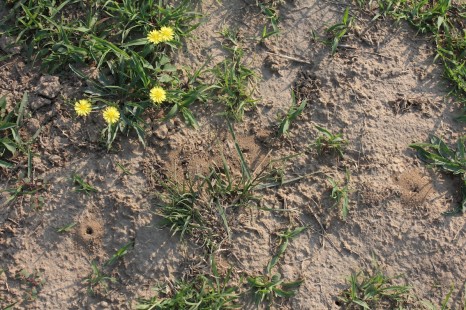

 时间 posted on: 12 June 2012 |
时间 posted on: 12 June 2012 |  发布者 author:
发布者 author: 
 分类 filed under:
分类 filed under: 